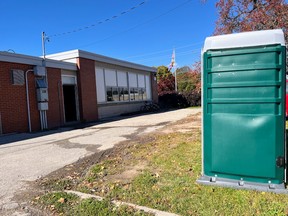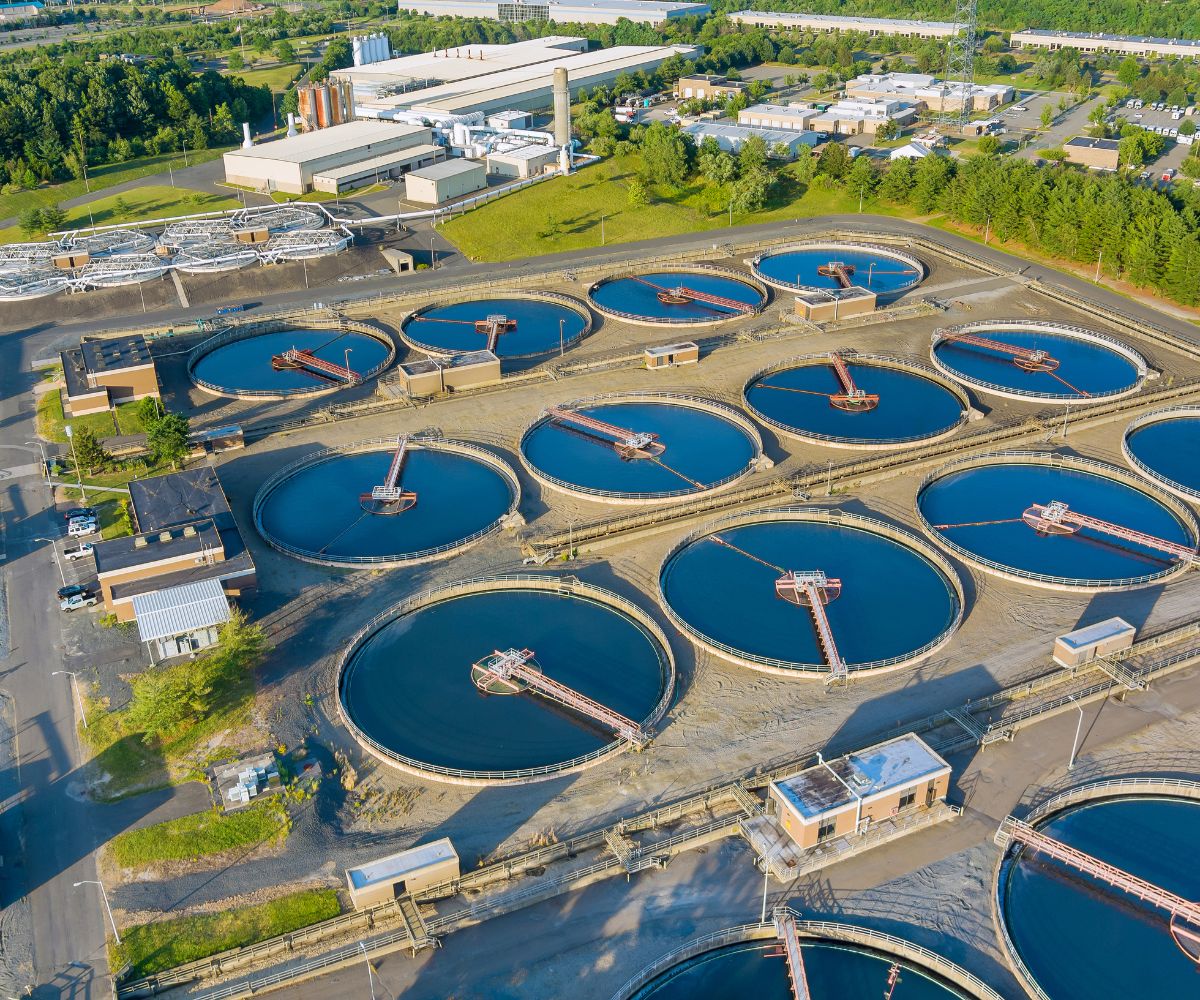Water, the elixir of human existence, is brought to us with relative ease thanks to the leaps and bounds made in plumbing technology.
This continual technological evolution refines and enhances our approach to managing water resources and essential infrastructure.
A breaking wave of innovation, referred to as Plumbing 2.0, taps into the promising potentials of the humble hydrogen element, promising to shape the future of our water systems: a boon to businesses and consumers alike.
The Promise of Hydrogen as an Energy Source
Hydrogen, the unsung hero of energy sources, outstrips traditional fossil fuels like coal and natural gas on efficiency and environmental impact.
Incredibly, whether burned or utilized in fuel cells, the only byproduct from hydrogen is pure water vapor, establishing it as a truly sustainable energy alternative.
Contrary to the less friendly fossil fuels – notorious culprits of carbon dioxide emission – hydrogen production pivots on renewable resources like water, utilizing the magic of electrolysis.
Under this fascinating process, a simple electric current becomes the tool to liberate oxygen and hydrogen atoms from their water-bound bondage.
Such uniqueness propels hydrogen to be the coveted choice amongst diverse industries eyeing clean energy solutions.
For businesses intent on etching significant green milestones, these frontier technologies offer tantalizing opportunities. With this, they not only shrink their carbon footprints but also usher in cost savings in lieu of traditional power sources.
The Integration of Hydrogen into Water Infrastructure
Eager to harness the bountiful benefits of hydrogen as a green alternative energy source, firms across various industries are striving to weave this cutting-edge technology into the fabric of their operations.
Witness a profound transformation in plumbing, courtesy of the dawning Plumbing 2.0 era, which aims to ramp up water efficiency by leveraging breakthrough technology.
Prevalent outdated infrastructures in conurbations, not to mention endemic water wastage together with an ever-swelling global citizenry nibbling at the world’s fresh water stocks, have simply amplified the urgency to innovate.
It’s paramount we rethink conservation and management of this life-giving, universally acclaimed resource. Enter the scene – companies like Fergusons; they envision hydrogen as a key player, possibly the game changer, in reshaping the future of the humble plumbing systems.
Hydrogen Production Sewage Facilities
One practical application for integrating hydrogen technology into water infrastructure involves the advancement of sewage treatment facilities.
Wastewater often contains organic matter possessing an abundance of chemical energy that can be harvested – making it a perfect candidate for generating electricity and even producing hydrogen.
In these facilities, microorganisms break down the organic material present in wastewater through microbial electrolysis cells (MECs), releasing electrons which create electric currents used to separate molecules from waste into hydrogen gas.
Once extracted, this energy-rich resource may be collected and stored for various purposes ranging from supplying clean electricity back to local communities or being repurposed as fuel for transportation applications – all while treating wastewater efficiently.
Hydrogen-Powered Plumbing Fixtures
In addition to sewage treatment plants, there are also opportunities within residential and commercial buildings for integrating hydrogen technology into plumbing fixtures themselves.
Through leveraging advances in fuel cell technology, it is possible to develop systems where wastewater entering a building will first move through specialized units designed for extracting any potentially recoverable hydrogen gas before it is flushed away.
This valuable source of hydrogen could then be used onsite to power appliances such as water heaters or other heating devices, significantly reducing energy costs associated with these devices while also lowering the overall carbon footprint of the building.
Additionally, with further advancements in plumbing technology, it may be possible to generate even more hydrogen gas through newly developed electrolysis methods that can capture trace amounts of hydrogen before entering wastewater systems.
Conclusion
The integration of hydrogen into water infrastructure represents a crucial advancement within plumbing 2.0 on route to securing more sustainable solutions for managing our precious resources both now and in years to come.
With myriad benefits inherent to the technology – ranging from minimizing water waste by extracting efficiency in wastewater treatment facilities to decreasing dependence on fossil fuels through the creation of hydrogen-powered plumbing fixtures and systems – industry leaders are realizing that future solutions lie in embracing these replenishable resources and spearheading new innovation efforts.
As demonstrated by companies like Fergusons and through real-world case studies including Sydney Waters breakthrough projects, it is clear that the possibilities for harnessing hydrogen power within water infrastructure are vast. With continued research, development, and collaboration across sectors, we can look forward to a cleaner, more efficient future for our global water networks and beyond.




.jpg)




